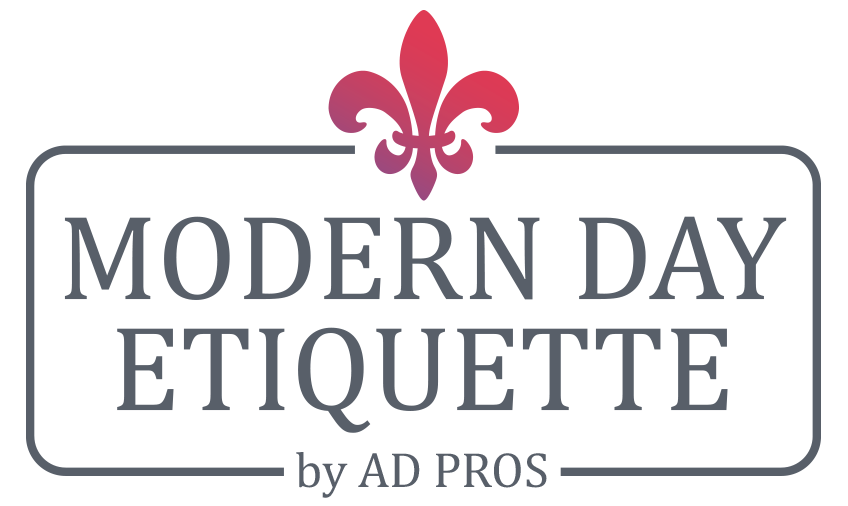Throughout the 20th and 21st centuries, living generations have been divided into five major groups:
- Silent (Traditionalists)
- Baby Boomers
- Generation X
- Generation Y (Millennials)
- Generation Z
Each generation has its own characteristics that impact the way society interacts with the members of that specific generation. Generations can also be differentiated by the group’s technological influences, language, workplace attitudes, way of life, and collective consciousness. A generation gap exists when differences in opinions are expressed by members of two different generations. A generation gap can be used to analyze and interpret differences among generation groups as a whole. While generation gaps have been prevalent throughout all periods of history, the breadth of differences of these gaps has widened in the 20th and 21st centuries. Recognizing the strengths and values of each generation promotes respect for diversity and fosters cohesiveness within the workplace.
There are at least five steps to bridging the workplace generation gap:
- Be aware of preferred work styles
- Adopt effective communication techniques
- Identify the most successful feedback techniques
- Understand expectations of work/life balance
- Recognize the different reactions to conflict
A generation gap is widening in the workplace. As Baby Boomers express their reluctance to retire, Millennials have become the largest demographic in the American labor force. Because of this drastic change, older workers find themselves hired and managed by people much younger than they are. The Generation Gaps workshop will help participations understand the various generations that can be represented in the workplace and what motivates each one. Older and younger generations have much to offer one another, which helps an organization thrive. Understanding how to bridge the generation gap in the workplace will help both managers and co-workers, alike.

